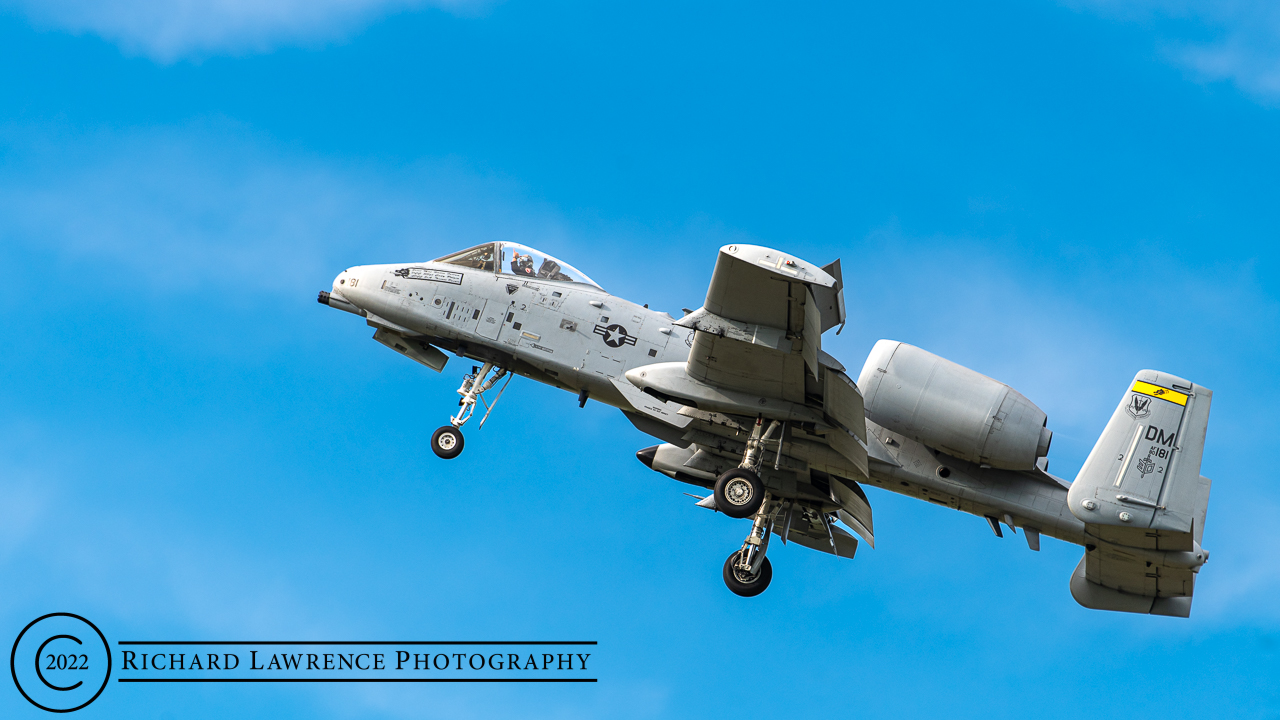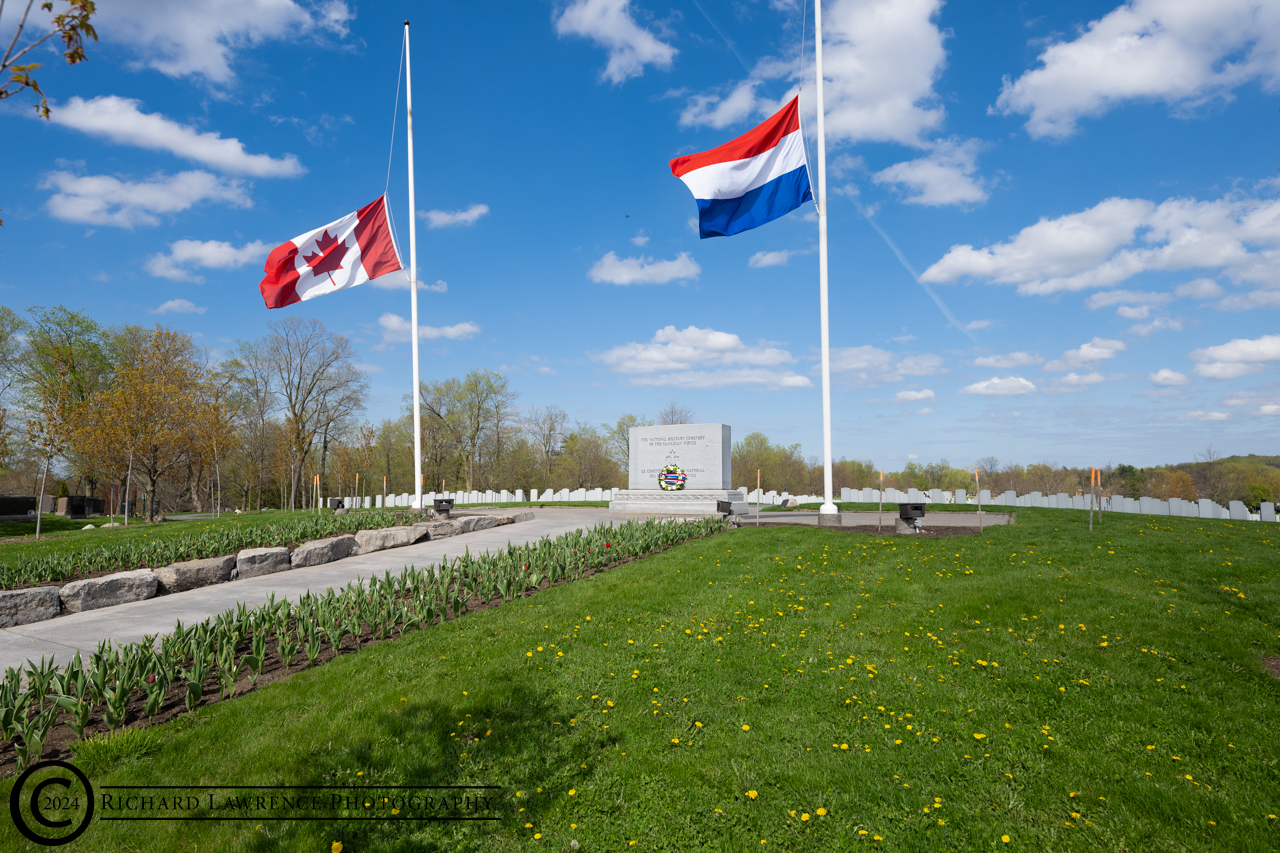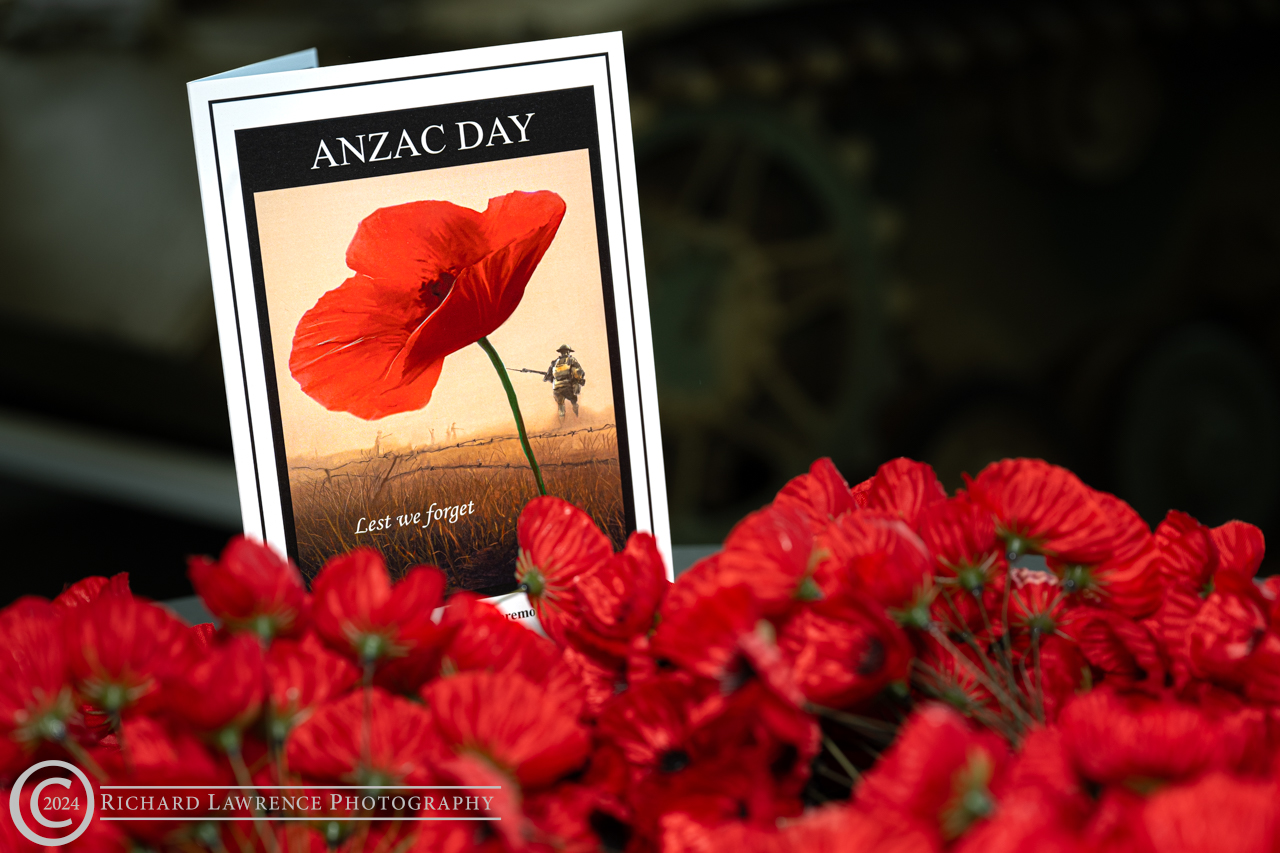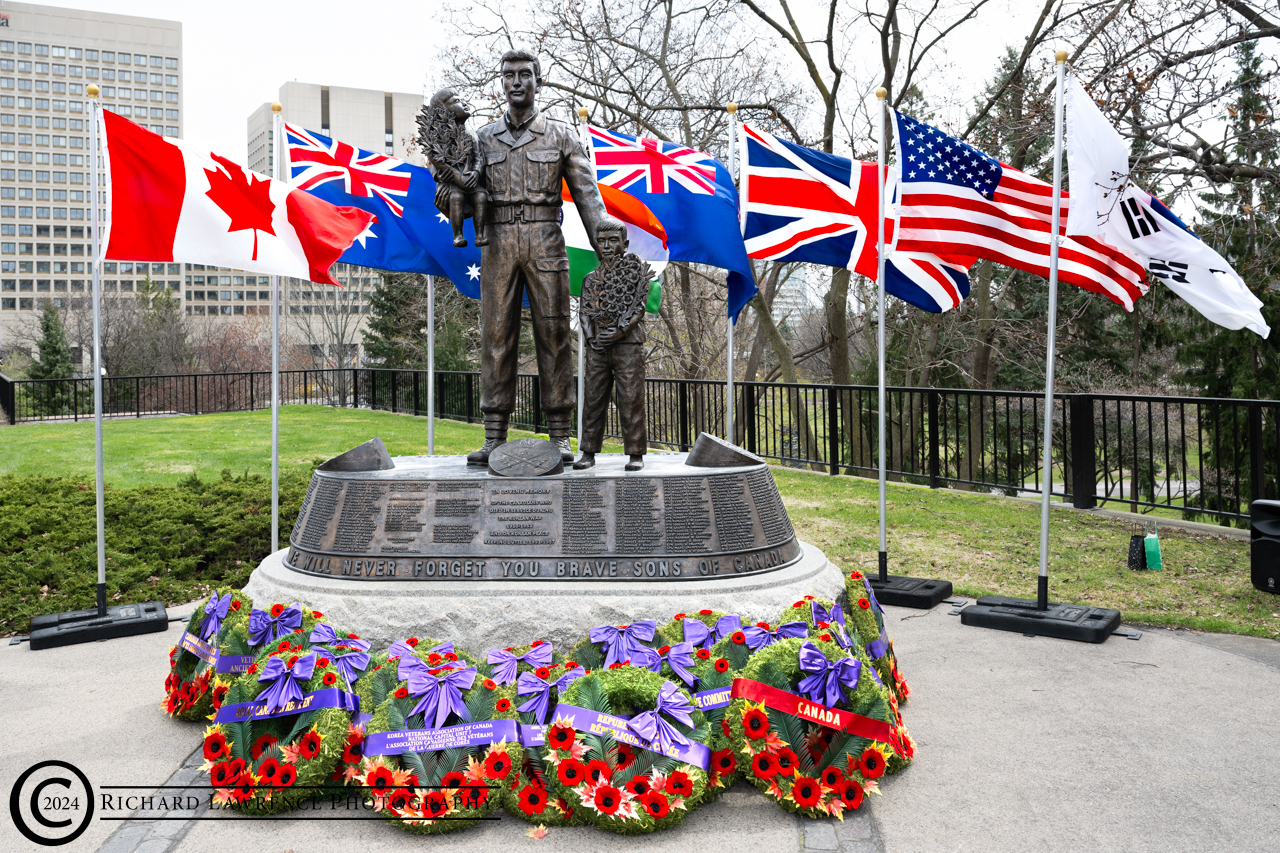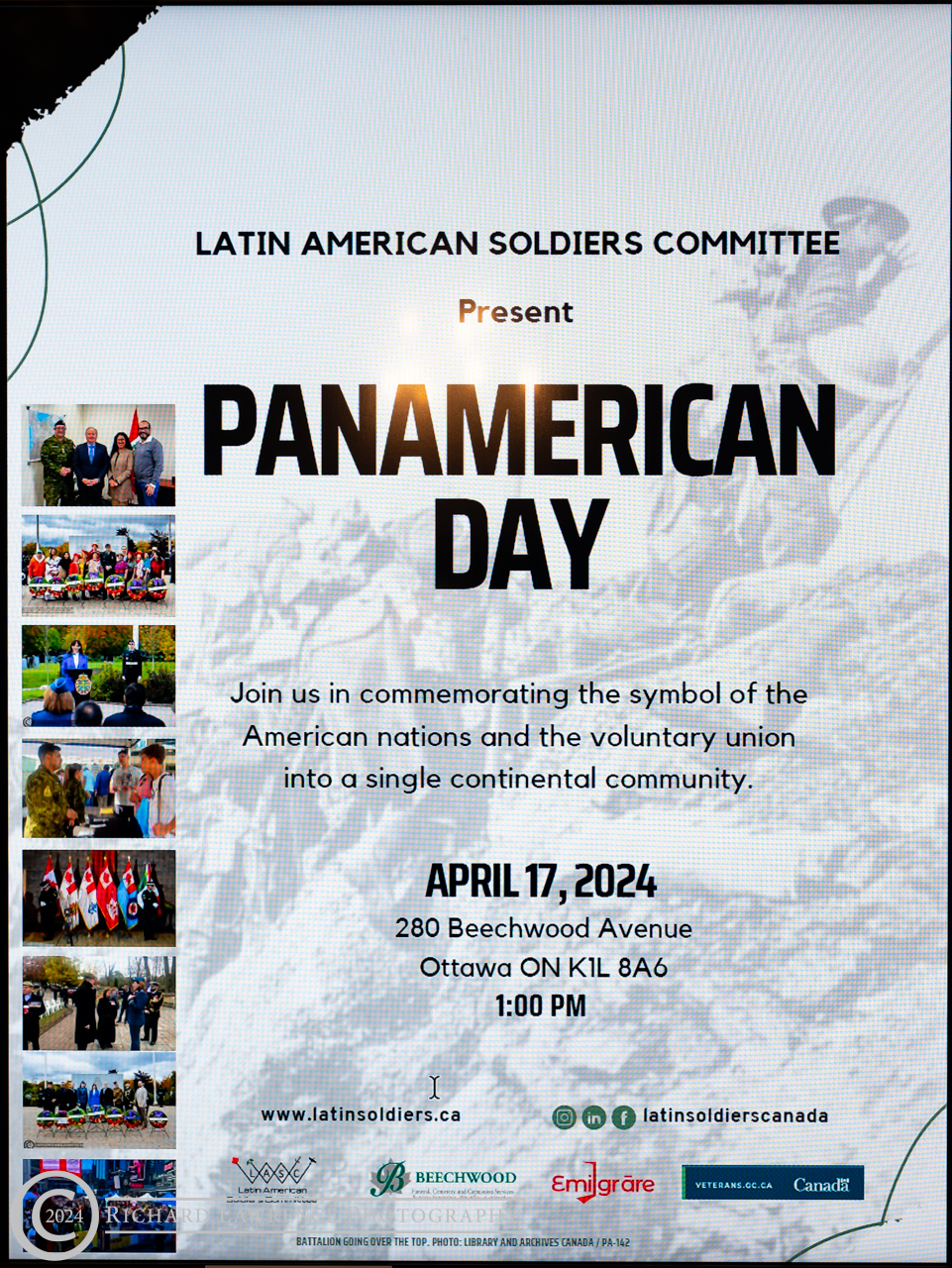To see all the Media Day pictures, go to THE GALLERY
The 5th annual Aero Gatineau-Ottawa Airshow was held this weekend at the Gatineau Executive Airport with the Media Day being the 16th September and performance days being the 17th and 18th. Media Day is always good as the airshow grounds are closed to the public, most of the aircraft have arrived, you can do interviews with crew, and most of the aircraft do at least one practice run on this day. This was the case this year as I attended the Media Day and was treated to some decent weather and great flying and my first time seeing the star of the show, a Fairchild Republic Thunderbolt II, a.k.a. the Warthog.
Now, on Media Day, the schedule is not as set and timings a little looser than on performance days. This is good as it give you time to renew friendships with photographers/journalists you maybe haven’t seen in a year (or three years in my case) and glean some information about what is flying and its capabilities. It also gives you some time to review your shots and wander around to the static displays taking pictures of the static aircraft without the press of people making that clear shot impossible.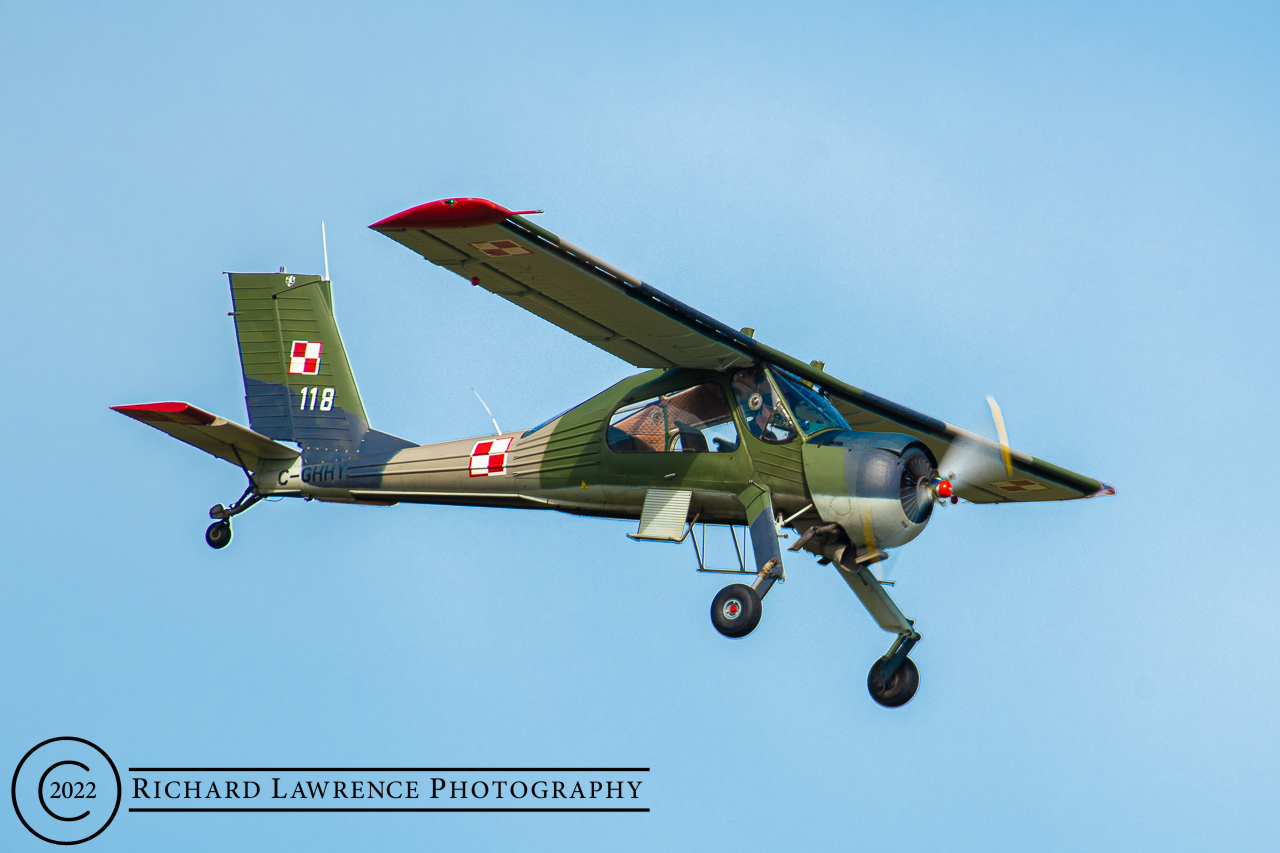
The first practice run I saw was an aircraft that I’d never seen before: a PZL-104 Wilga from Poland. A small reconnaissance type aircraft, it went up and allowed us to ease into the day with its slower flying speed. Michael Potter and Vintage Wings of Canada were well represented with their “Yellow Birds” consisting of a Harvard, Fleet Finch, Cornell, and Harvard, and the de Havilland Fox Moth (once used by King Edward VIII). As well WWII fighters the Hawker Hurricane XII and a Supermarine Spitfire Mk IX made appearances along with the Westland Lysander III. Rounding out the WWII aircraft were the High Flight Demo Team’s two P-51 Mustangs, individually known as “Mad Max” and “Little Witch” and performing collectively as “Double Trouble”. Little Witch did serve with RCAF Squadron 420 starting in 1950. There was supposed to be a German Focke-Wulf FW-190 which was to fly against Michael Potter’s WWII fighters but it had not arrived by Friday and I don’t know if it ever did arrive.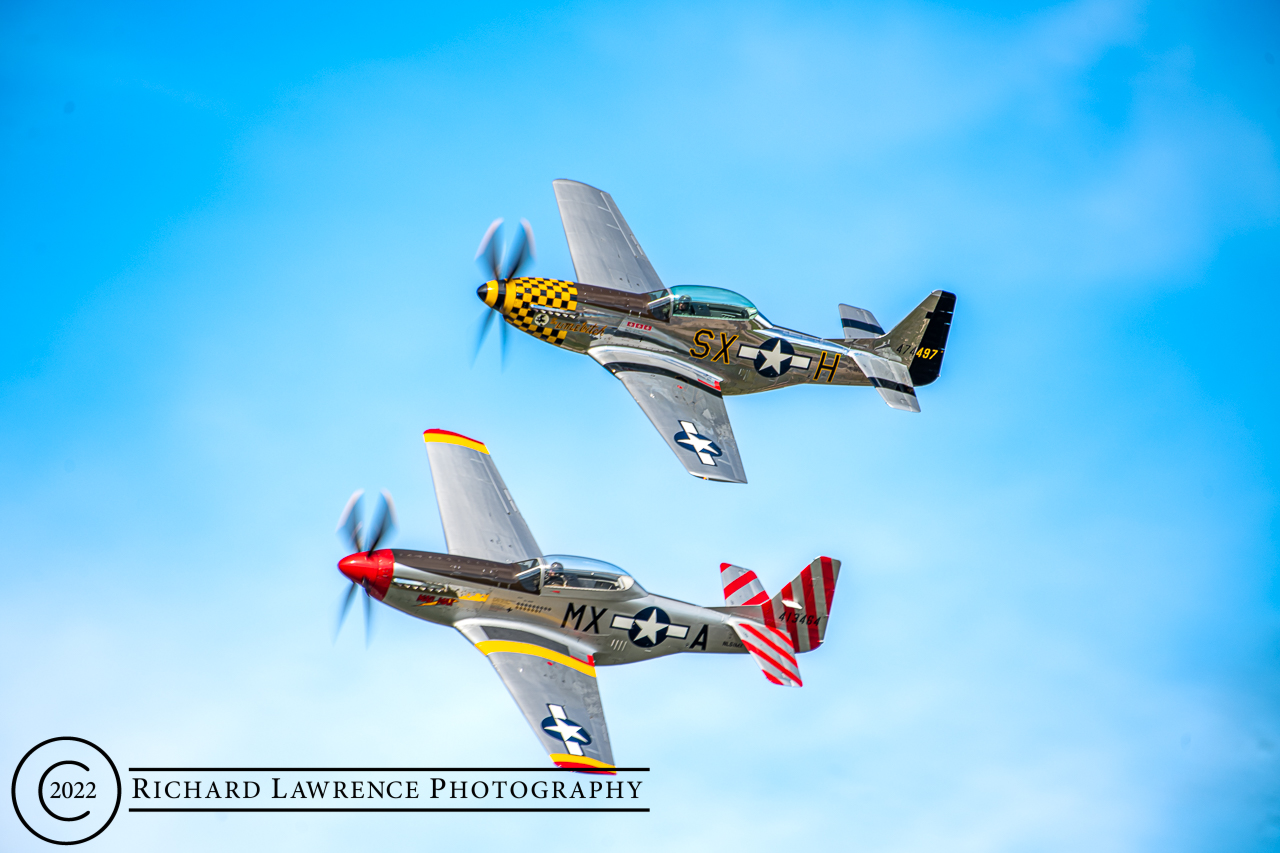
Not everything was airplanes though as the “Bone Shaker” jet truck made an appearance with a great deal of smoke and flame. It’s a custom built 1981 International Transtar race truck fitted with a J79 General Electric Turbo Jet Engine providing 12,000 pounds of thrust from 18,000 horsepower. It trundled out to the west end of the runway and waited for Rick Volker in his Sukhoi SU-26M aerobatic aircraft to cross the runway threshold at which point the race was on. Volker, already under speed and in the air, was ahead immediately but once the Bone Shaker kicked into gear (does it have gears?), its acceleration left the Sukhoi well down the runway and the truck deployed its drag shoots well ahead.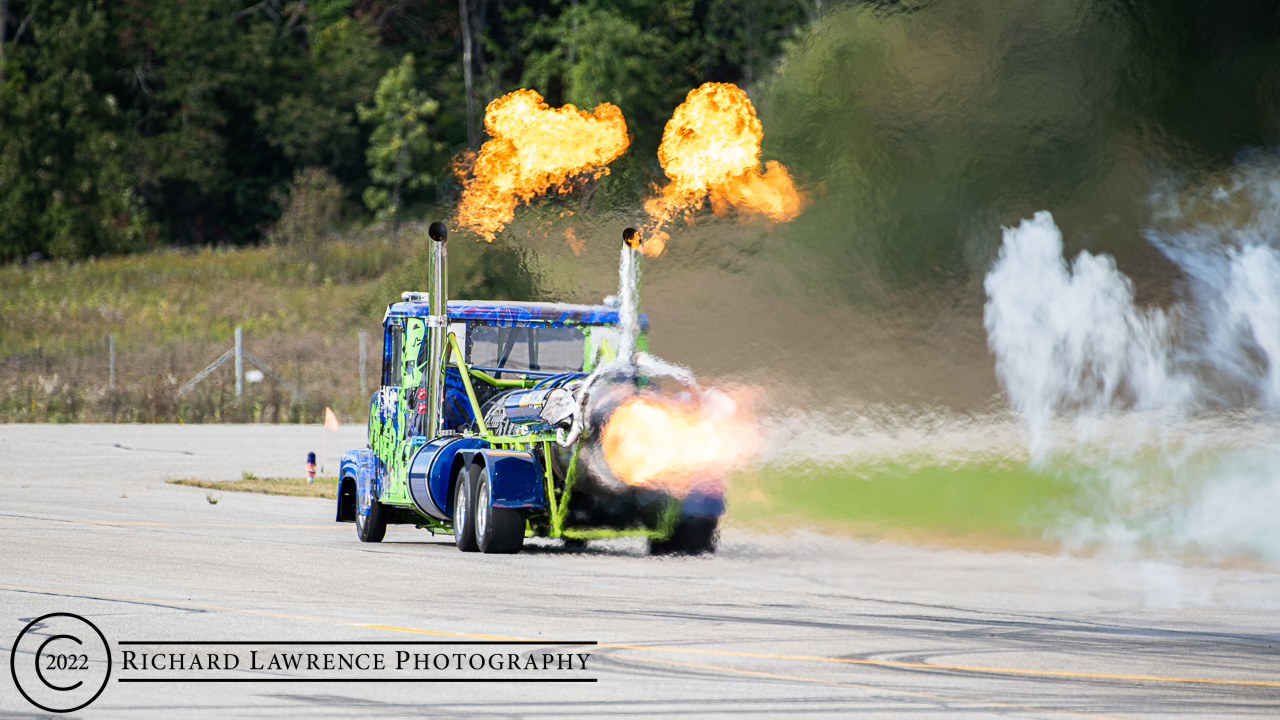
Speaking of non-aircraft participants, I mustn’t forget the Skyhawks Parachute team and their CC-138 Twin Otter drop plane. Now, why anyone would leave a perfectly suitable flying aircraft is beyond me but I accept that people do it. Why you would fly your parachute into someone else and stack yourselves three deep seems foolish, but ok. Why you would fly your parachute upside down in a three man formation seems to defy physics as why would a parachute work upside down (I know, it’s an airfoil and can be flown at any angle – please save your emails).
There were also the non-military participants which included a Long EZ aircraft that did an outstanding aerobatics display (Kyle Fowler) as well as the displays by a Pitts Special (Brent Handley) and a Pitts Model 12 (Trevor Rafferty), the Polish PZL-104 Wilga, Rick Volker and his Sukhoi Su-26M, and a Salto glider demo by Mario Hamel. All routines highly polished and thrilling to watch.
Every loves the jets as well as they go screaming along doing their various aerobatics and showline passes. This year there were two CT-155 Hawks from the RCAF, one in blue and the other in camo, which went up and did some passes and there were two CF-18 Hornets as well. The one Hornet went up but immediately had some sort of issue after take-off as we didn’t see it again until it landed. My guess is that it had an issue after take-off and went out into the flying area to try and sort it out. Unable to do so, it came home and landed. So, not only did that kill the CF-18 demo it also killed the Heritage Flight which is the CF-18 in formation with a vintage WWII airplane. 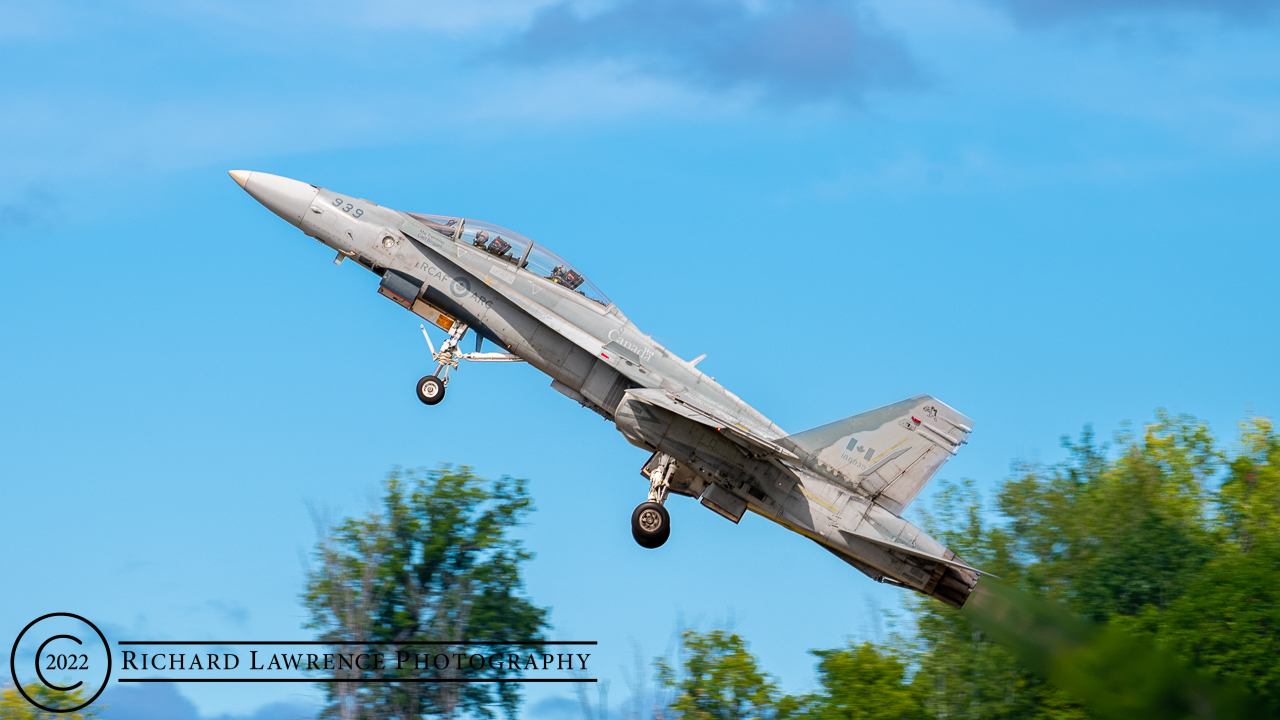
The last jet to fly before the A-10C was a T-33 Silver Star, the “Black Knight”, flown by 45 North Aviation and painted as a tribute to RCAF Squadron 414. It was built in 1953, did serve with the RCAF, and has G limits of +7.33 and -4.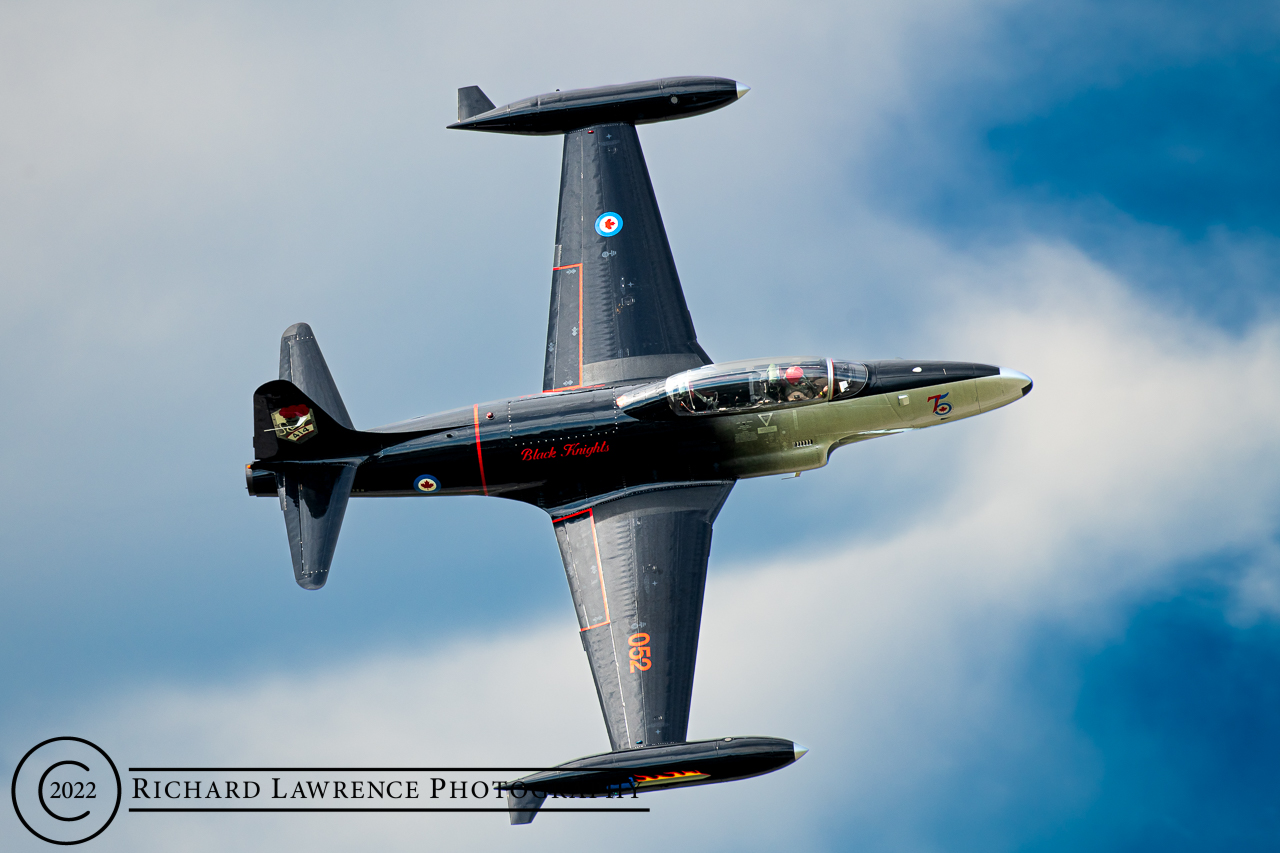
The star of the show was the Fairchild Republic Thunderbolt II, the famous close air support (CAS)aircraft known as the “Warthog”, which is the only production-built aircraft ever made for the sole purpose of CAS. It has often been criticised for its inability to protect itself (it’s sub-sonic, guns are aimed at a downward angle, etc.) from modern fighters but its role was never air superiority but more ground superiority, and it excels at that. In service since 1976, many have tried to retire it or replace it but the U.S. armed forces are adamant that there is no finer aircraft for this role.
The problem I had with the Warthog is that it doesn’t provide enough time between passes to view your pictures to see if you got something good. I thought I heard the announcer say that the A-10 can do a 360 degree turn in 1400 feet and most other attack/fighter aircraft need something between 3500-4500 feet to do the same thing. What this means is that as soon as the A-10 does one pass, it climbs, turns, dives, and is on you again in seconds. It really is impressive to see this in action and hear the whine of the motors.
The Media Day practices ended about 1700 hours and everyone had been there since 0930 so it was a long day of standing, holding long lenses, and just outside in the air. It was a good day with temperature around 19 degrees, mostly cloudy but some blue sky peeking through and no rain. Saturday, which I didn’t attend, was mostly cloudy with less sun so they got a show in. Sunday, however, started out well but by about 1100 hours the show had to be delayed due to low cloud levels and then the rain came in. The rain itself didn’t stop the show but by 1400 hours it was clear that the cloud base was not going to rise and the show was cancelled. A sad end to a lot of work and expense to what was otherwise a great show. If you can, make plans to attend next year.
